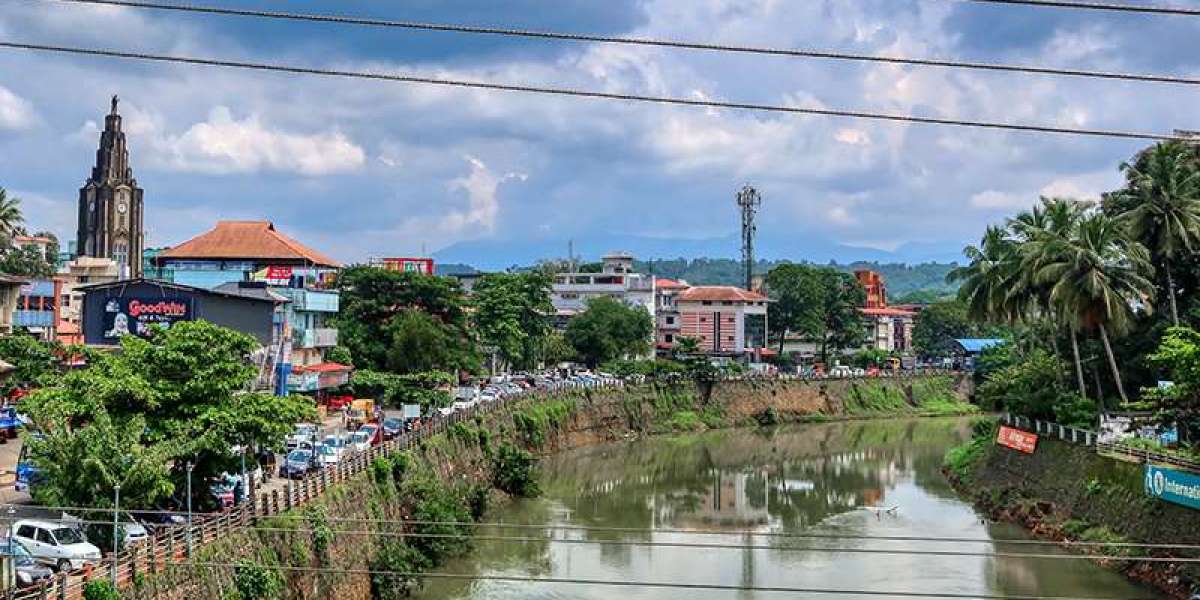Panchayats & Boundaries
Following delimitation:
In Thiruvananthapuram Taluk: Balaramapuram, Kalliyoor, and Venganoor Panchayats,
In Neyyattinkara Taluk: Kanjiramkulam, Karumkulam, Kottukal, Poovar, and Vizhinjam Panchayats.
The constituency spans around 88 km², combining coastal towns, pristine beaches, fishing hamlets, and agricultural hinterlands.
Geographic & Demographic Peculiarities
Kovalam is world-renowned for its crescent-shaped beaches — Lighthouse, Hawa, and Samudra — that have attracted international tourism since the 1970s. Inland areas like Venganoor and Balaramapuram serve as agricultural belts while coastal zones rely heavily on fishing and tourism-related livelihoods. The literacy rate mirrors the Thiruvananthapuram average (~92–93%). Demographically, the area includes SC and Christian fishing communities, with modest urban-rural mixes across panchayats.
Recent observations point to severe erosion and infrastructure gaps along Kovalam and Varkala beaches. Amenities, toilets, and cleanliness have diminished tourist footfall, raising concerns among both locals and stakeholders.
Income & Livelihood Sources
Tourism & trade: Hospitality, beach services, small hotels and handicraft vendors dominate economic activity around Kovalam and Poovar.
Blue economy: Coastal fishing, prawn farming and harbour operations around Vizhinjam feature prominently. Vizhinjam port construction has intensified disruption and compensation issues for fisherfolk, including loss of reefs and shellfish habitats.
Agriculture: Coconut, tapioca and cashew in inland panchayats like Balaramapuram and Kottukal.
NRI remittances: Significant across villages, though tourism and fisheries remain primary incomes.
There is minimal presence of large-scale industry or IT employment in the constituency.
Economic Strata
The constituency's population is predominantly middle-income — supported by tourism wages, fishing earnings, small business and remittance inflows. A smaller upper-income tier includes successful tour entrepreneurs, property owners, and those benefiting from Vizhinjam development. There remains a noticeable BPL segment, especially among displaced fishing communities and low-income coastal families facing environmental challenges.
Recent Development Efforts
A landmark initiative is the Rs 274 crore Parvathy Puthanar canal widening and inland waterways upgrade, spanning Kovalam–Akkulam–Varkala. While land acquisition between Akkulam and Varkala is nearly complete, the Kovalam-Akkulam stretch has stalled over compensation disputes involving 185 families seeking higher payouts. The government has offered ₹11 lakh per household plus structure valuation; 289 of 474 families have accepted so far.
Meanwhile, the tourism department and KIIFB are planning a Rs 93 crore revamp of Kovalam beaches — incorporating a first-of-its-kind cable-stayed glass bridge between Lighthouse and IB beaches, inter-rock footbridges at Edakkallu, beach protection walls, jetty infrastructure and visitor amenities including sewage treatment and CCTV surveillance.
Conclusion
Kovalam Assembly Constituency blends coastal heritage with evolving waterfront development. Its residents rely heavily on tourism, fishing and allied trade, with a stable middle-class profile buoyed by hospitality revenues and remittances. However, economic vulnerabilities persist among displaced coastal fisherfolk and low-income households. Current infrastructure projects — canal modernization and beach revitalization — offer a promising path to balanced, inclusive growth if environmental and livelihood concerns are resolved through participatory planning.







